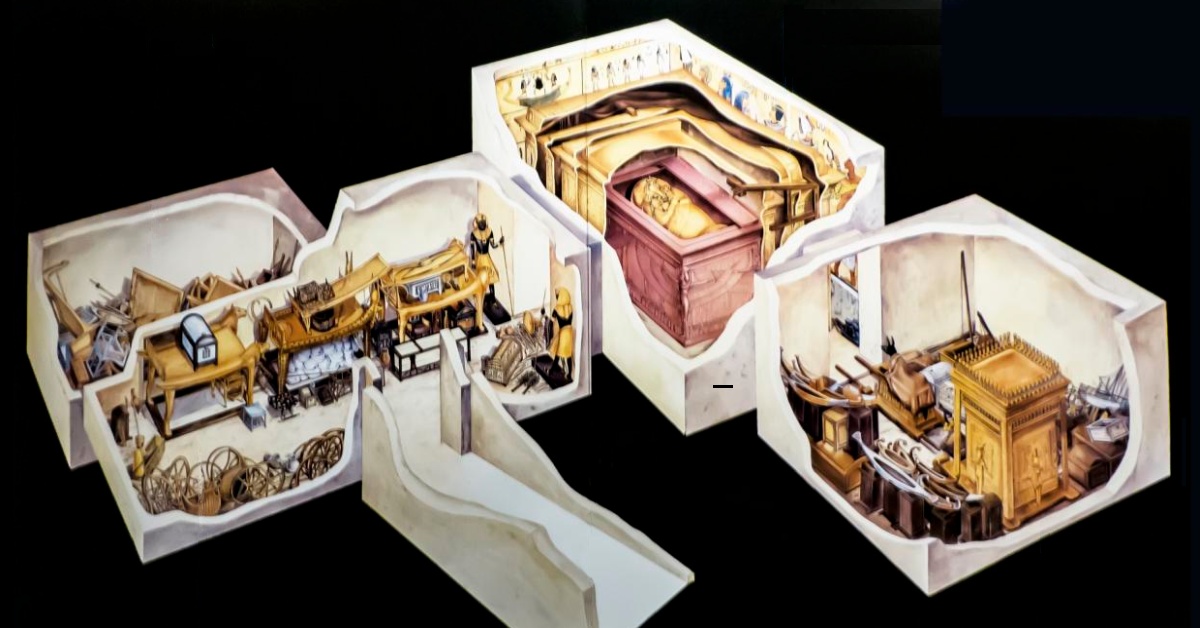Hidden hieroglyphics might suggest Tutankhamun is buried within a much larger structure that also houses the Egyptian queen.

Newly found hieroglyphics in the tomb of the Egyptian pharaoh Tutankhamun – famously discovered in 1922 by excavators led by Howard Carter – might confirm the earlier theory that Queen Nefertiti was buried in a hidden tomb next to that of his stepson. World-renowned British Egyptologist Nicholas Reeves says the cartouches depicting the pharaoh’s burial were painted on cartouches depicting Nefertiti’s burial site.
Neferneferuaten Nefertiti (c. 1370 – c. 1330 BC), a legendary beauty, was a queen of the 18th Dynasty of Ancient Egypt, the wife of Pharaoh Akhenaten. Nefertiti and her husband introduced radical changes to Egypt’s national religious policy, promoting a form of proto-monotheism centered on the sun god Aten. With her husband, she reigned during what was arguably the wealthiest period of ancient Egyptian history.

Reeves told the Guardian that Tutankhamun was buried by his successor Ay, as shown by hieroglyphs on the tomb’s wall, underneath which Nefertiti’s burial also appears to have been depicted. The theory that what we are seeing is actually Nefertiti’s funeral is also supported by the characteristics of the figures shown, according to the expert.
Reeves believes that Tutankhamun’s tomb is part of a much larger tomb and that Nefertiti may have been buried in it. This could also be supported by the lines visible in high-resolution images of the tomb, which could be traces of doorways. The fact that the Pharaoh’s tomb is unusually small to be a separate tomb, also supports the theory.
“Close inspection of Ay’s cartouches reveals clear, underlying traces of an earlier name – that of Tutankhamun,” Reeves said. “In its original version, this scene had shown Tutankhamun performing the funerary ritual for the tomb’s original owner, his immediate predecessor … Nefertiti.”

The Egyptologist’s opinion is not unequivocally supported by previous radar studies though, making many other researchers believe that the theory of the doorways in the images is not very convincing. Thermal imaging and mold growth studies, however, give reason to investigate Reeves’ hypothesis further.
Reeves’ theory is backed by geophysicist George Ballard, who works on radar measurements of buildings. He argues that the east and north walls of Tutankhamun’s coffin chamber are in fact false walls, which are worth investigating further. He is convinced that nothing could have been built in the Valley of the Kings without a purpose, so there must be something behind the walls.
We can’t wait to see.
Sources: 1, 2, 3, 4
